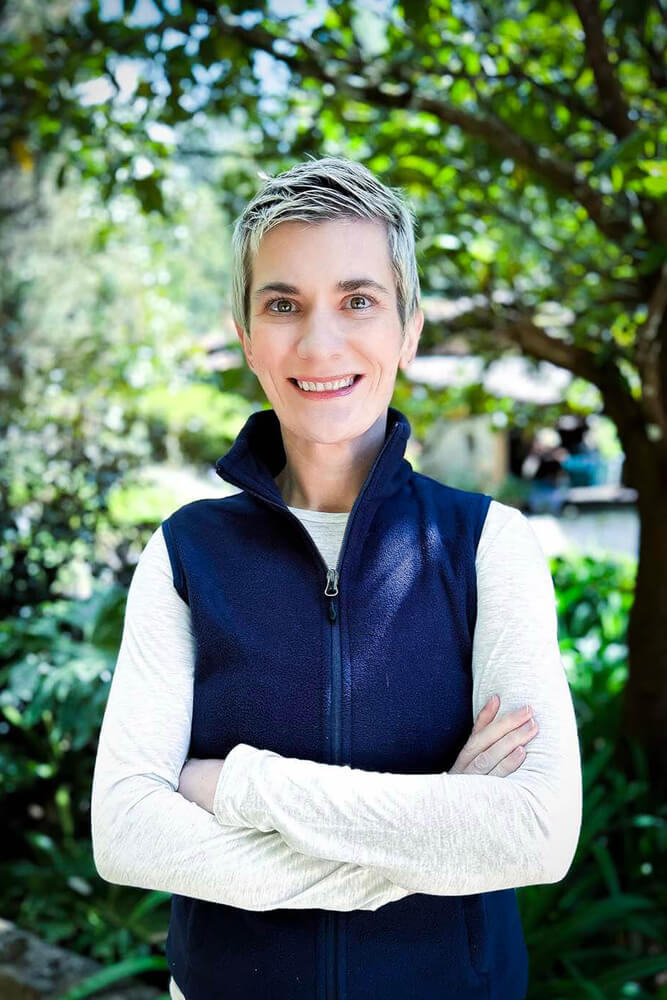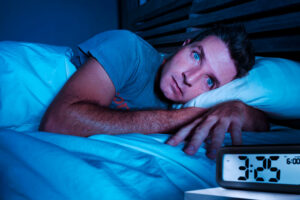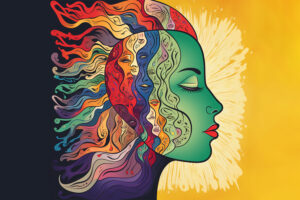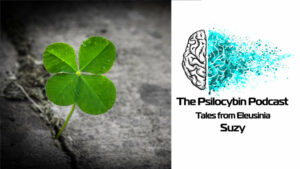]At our retreat, we focus on learning skills with psychedelics that can improve the quality of life for anyone dealing with chronic pain conditions, including phantom limb pain. I am the lead guide, and I facilitate the sessions and related activities. My job is to make sure that this process is as easy and pleasant as possible for everyone. Using psilocybin with mirror therapy can make for significantly improved progress against phantom limb pain.
How can psychedelics help?
How is a substance that you may associate more with desert music festivals and misspent youth going to help with phantom limb pain, you may ask? Well, by making use of the same mind-bending properties that the thrill-seeking party goers seem to enjoy so much, we can enhance the results of mirror therapy. These effects help your brain accept and adapt to the illusion.
Mirror therapy is used for several conditions, such as stroke recovery, CRPS, and phantom limb pain. In all cases, establishing a believable illusion is key.
The goal with mirror therapy is to convince your brain that the limb you are viewing in the mirror is actually the target extremity. With phantom pain, you have to accept the illusion that it is physically there, relaxing and stretching out the painful cramps and scratching the annoying itch. In the case of CRPS, you want to really believe that it is the opposite affected limb that is feeling the sensations of the soft fabric. Not only is psilocybin exceedingly helpful with supporting a durable illusion, according to this study it also affects the way we process novel tactile information.
Mirror therapy is extremely effective, but it doesn’t work for everyone, and sometimes it does not work enough. Many find that they can only achieve pain relief while looking in the mirror, or that the pain relief fades soon after the session. They may also find it difficult difficult to buy into the illusion while doing the exercises. This is one case where being difficult to fool is not necessarily good for you
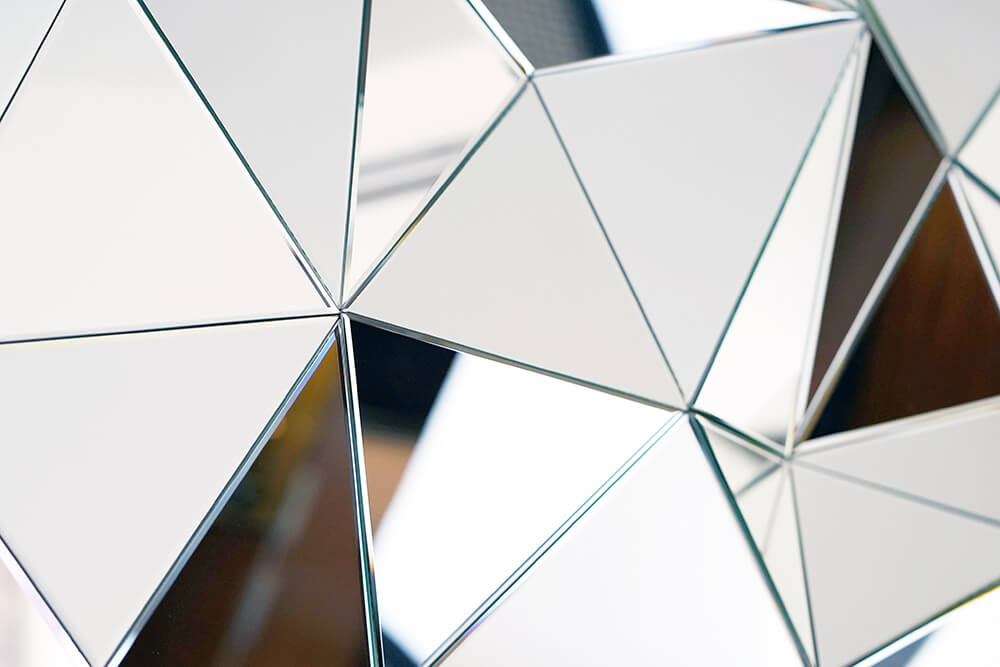
The bodily sensations that come with psychedelic use are quite unique. It is very common to feel changes in proprioception. One notable change I often experience is a change in perceived limb length. My arms or legs have often felt ridiculously long during the session, so long that it would even be difficult to use them. It may be hard to imagine your limbs being a different length than they are every day, but psilocybin can at least temporarily achieve this change in perception.
The useful aspect of this shift in perception becomes apparent when you consider the “telescoping limb” phenomenon. While the name brings to mind images of a cartoonish Inspector Gadget character, the reality is nothing fun. Over time, especially without effective therapy, the perceived phantom limb can shrink and feel like it is withdrawing closer to the body. Unfortunately, it’s a sign of the phantom pain taking a turn towards chronic.
Who else is doing this? Did you guys just make it up?
Oh, how I wish we could take credit for this idea, but alas no. The credit for that stroke of brilliance belongs to the famous author, professor, neuroscientist, and Director of the Center for Brain and Cognition at UCSD, Professor VS Ramachandran. He is also the original inventor of mirror therapy and is currently working on projects involving mirror therapy and psilocybin. He is finding that the results from mirror therapy are more effective and persistent with the addition of psilocybin. We are 100% knocking off his ideas, without even looking back. His most well-known success story involving psilocybin is Albert Lin, whose store you can read here in this GQ article.
It’s funny that so many people with amputations use mirror therapy, or are at least aware of it, but haven’t necessarily heard of the man who invented it. I highly recommend his book, Phantoms in the Brain: Probing the Mysteries of the Human Mind.
So how is it done at the retreat?
At the retreat, we have a rather intense psychedelic experience, while relaxed and reclined. There is no data available on the use of microdosing for this therapy, so buckle up, it’s all in. The goal is to teach guests the skills necessary to manage these experiences themselves, so we focus quite a bit on coping and redirecting skills. Most guests have a very pleasant experience. They spend this time just staring in wonder at the leaves, sky, or looking at swirling mandalas in a VR headset.
The acute phase of a psychedelic experience is not the right time to introduce any types of therapy or exercises. This is not the time to worry about completing any tasks or concentrating on anything, as it would be too stressful and difficult to focus. The actual exercises are done after most of the effects have passed to avoid stress and confusion.
Mirrors and psychedelics
You may have heard that psychedelics and mirrors don’t mix well. Ask anyone experienced with psychedelics, and they will get this haunted look like a shell-shocked war vet and tell you: “Whatever you do, man, don’t look in the mirror.” There’s a good reason for this, and it’s one reason we wait until most of the acute effects have passed before introducing the mirror. If we are going to use psilocybin with mirror therapy, we are going to have to introduce the mirror at some point, but it has to be at the right point.
Psychedelics can cause facial features to appear to shift and move while you are looking at them. This can be inexplicably uncomfortable in the moment. I’m sure there’s an evolutionary explanation rooted in neuroscience to explain this, probably related to how much we rely on our ability to recognize faces to stay social and safe.
The “migrating facial features” phenomenon applies both to your face, and to the faces of others. I like to tell guests that it perfectly fine to avoid looking me in the face if we interact during the session to avoid the discomfort. It may be more comfortable to just look at a point over my shoulder, and I will not take it personally at all.
VR headsets- The perfect rescue tool
This is one reason we use VR headsets as one of our “rescue” tools. Some people are perfectly comfortable in a swirling psychedelic world. They will even spend an inordinate amount of time wiggling their fingers in front of their face amazed at how they seem to swirl and wave like anemones or leave trails like comets. But on the other hand, some people are not comfortable when something that is supposed to be stationary refuses to “behave” predictably. They are incredibly uncomfortable looking at a normal world that is suddenly anything but normal. With the VR, we set them in a world with no expectations of normalcy. It’s also not the obviously “real” world, so it is not as off putting when things are different.
Do people ever have bad trips?
I have helped people through stressful, challenging experiences. Our retreat format is designed to mitigate the possibility of a difficult time, with individual attention and specific measures taken to ensure comfort. While no one can guarantee a “good” trip, I can say that the vast majority of them are exceedingly pleasant and meaningful.
We shoot to catch the beginning of the afterglow.
At about the predicted time when we expect the more intense effects to have faded, I ask the guest to let me know when they think they feel completely normal. After they affirm that they feel “normal”, we give it a good half hour more of relaxation. Invariably, the first wave of “normal” is followed by at least a couple of waves of “maybe I was wrong, this is definitely not normal yet”. I like to make sure that they can comfortably look at me in the face before moving on to the mirror therapy.
Of course, this is not a hard and fast rule. For the individual who was gleefully wiggling their fingers in front of their face, comparing them to sea creatures and ribbons, it’s probably safe to say they are comfortable pushing up the timeline. I think that people who are comfortable “leaning in” to these odd sensations also see better results in the long term.
The mirror therapy itself consists of the standard exercises that most physical therapy sessions include. I ask ahead of time if any certain exercises are usually more effective for each person, or if they would prefer to just run through the series of strength, dexterity, and stretching exercises we have prepared. It is normal to be a little disoriented at this point, but we are striking when the iron is the hottest. The effectiveness of the illusion will wane in the following days, but the more you practice it the more you should be able to recall it.
Continued progress at home
The ideal scenario would be that after a few sessions, anyone should be able to start a solo mirror therapy session after a brief meditation. Slipping into the illusion should become easy, smooth as butter. The mind on psychedelics can be compared to a mind in deep meditation. That door doesn’t slam completely shut after the session is over. It can remain easy for weeks or months after each session, even more, if you cultivate and maintain the skill.
Like all mirror therapy, repetition and variation is key. The enhanced mental flexibility will probably persist several days, enough to give a decent head start on the issue. Obviously, repeated sessions should improve the progress. We teach a mushroom cultivation class so that visitors are prepared to be completely self sufficient in this arena.
